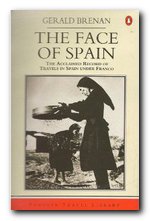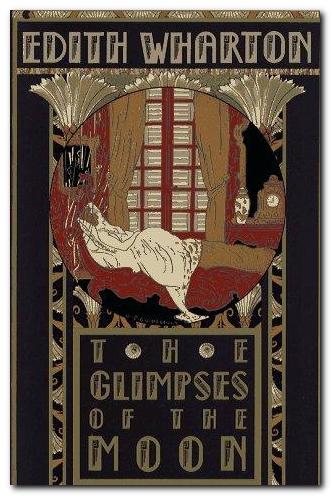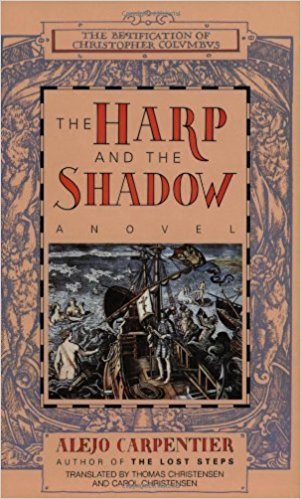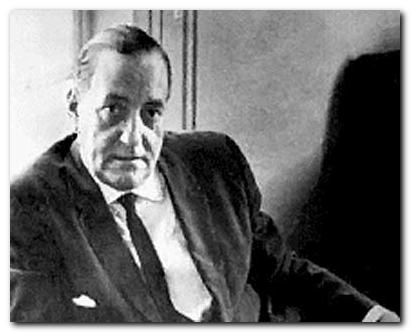The Complete Tales of Joseph Conrad is a series of tutorials and guidance notes on all the shorter fiction of Joseph Conrad. The stories are commonly given the name ‘tales’ or ‘shorter fiction’ because hardly any of them are now what would be considered traditional short stories. Some of them were originally published as serials in magazines, as was common with novels at the end of the nineteenth century. Indeed, one or two (such as The Secret Sharer and The Shadow Line) are now commonly regarded as novellas. The series is shown here in alphabetical order.
![]() A Smile of Fortune — (1911)
A Smile of Fortune — (1911)
![]() Amy Foster — (1901)
Amy Foster — (1901)
![]() An Anarchist — (1906)
An Anarchist — (1906)
![]() An Outpost of Progress — (1897)
An Outpost of Progress — (1897)
![]() Because of the Dollars — (1915)
Because of the Dollars — (1915)
![]() Falk: A Reminiscence — (1903)
Falk: A Reminiscence — (1903)
![]() Freya of the Seven Isles — (1912)
Freya of the Seven Isles — (1912)
![]() Gaspar Ruiz — (1906)
Gaspar Ruiz — (1906)
![]() Il Conde — (1908)
Il Conde — (1908)
![]() Karain: A Memory — (1897)
Karain: A Memory — (1897)
![]() Prince Roman — (1911)
Prince Roman — (1911)
![]() The Black Mate — (1908)
The Black Mate — (1908)
![]() The Brute — (1906)
The Brute — (1906)
![]() The Duel — (1908)
The Duel — (1908)
![]() The End of the Tether — (1902)
The End of the Tether — (1902)
![]() The Idiots — (1896)
The Idiots — (1896)
![]() The Informer — (1906)
The Informer — (1906)
![]() The Inn of the Two Witches — (1915)
The Inn of the Two Witches — (1915)
![]() The Lagoon — (1897)
The Lagoon — (1897)
![]() The Partner — (1915)
The Partner — (1915)
![]() The Planter of Malata — (1915)
The Planter of Malata — (1915)
![]() The Return — (1898)
The Return — (1898)
![]() The Secret Sharer — (1910)
The Secret Sharer — (1910)
![]() The Shadow Line — (1917)
The Shadow Line — (1917)
![]() The Tale — (1917)
The Tale — (1917)
![]() The Warrior’s Soul — (1917)
The Warrior’s Soul — (1917)
![]() To-Morrow — (1902)
To-Morrow — (1902)
![]() Typhoon — (1902)
Typhoon — (1902)
![]() Youth — (1898)
Youth — (1898)
Joseph Conrad web links
Joseph Conrad at Mantex
Biography, tutorials, book reviews, study guides, videos, web links.
Joseph Conrad – his greatest novels and novellas
Brief notes introducing his major works in recommended editions.
Joseph Conrad at Project Gutenberg
A major collection of free eTexts in a variety of formats.
Joseph Conrad at Wikipedia
Biography, major works, literary career, style, politics, and further reading.
Joseph Conrad at the Internet Movie Database
Adaptations for the cinema and television – in various languages. Full details of directors and actors, production notes, box office, trivia, and quizzes.
Works by Joseph Conrad
Large online database of free HTML texts, digital scans, and eText versions of novels, stories, and occasional writings.
The Joseph Conrad Society (UK)
Conradian journal, reviews. and scholarly resources.
The Joseph Conrad Society of America
American-based – recent publications, journal, awards, conferences.
Hyper-Concordance of Conrad’s works
Locate a word or phrase – in the context of the novel or story.
© Roy Johnson 2015
More on Joseph Conrad
Twentieth century literature
More on Joseph Conrad tales


 By mixing with what she thinks are the right sorts of people, she manages to secure a husband from ‘old money’ New York society – not realising that he has no personal wealth and very few social prospects. She quickly becomes bored with him, and even though he takes up a job to provide them with additional income, she overspends, ‘borrows’ money from one of her married admirers (Peter Van Degan), and even neglects her own child.
By mixing with what she thinks are the right sorts of people, she manages to secure a husband from ‘old money’ New York society – not realising that he has no personal wealth and very few social prospects. She quickly becomes bored with him, and even though he takes up a job to provide them with additional income, she overspends, ‘borrows’ money from one of her married admirers (Peter Van Degan), and even neglects her own child.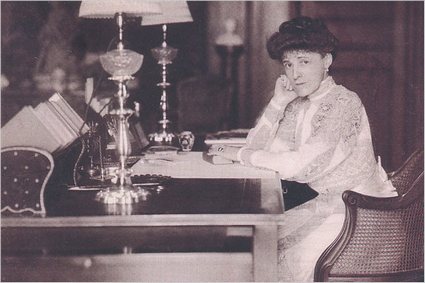
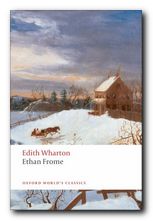 Ethan Frome
Ethan Frome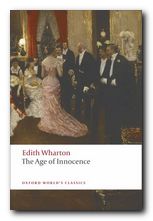 The Age of Innocence
The Age of Innocence The House of Mirth
The House of Mirth
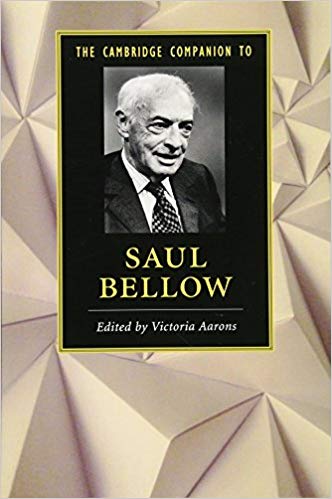


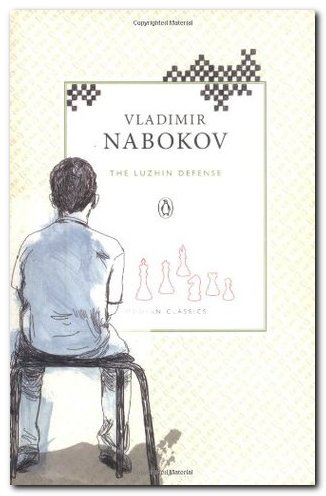
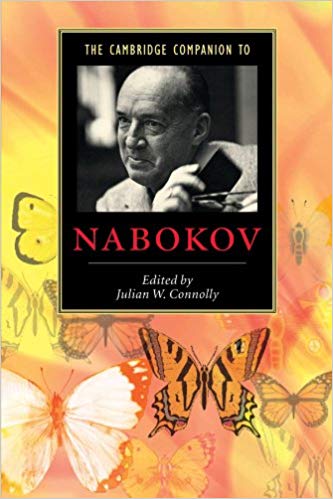
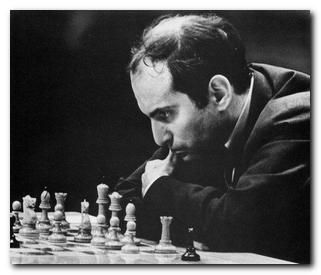
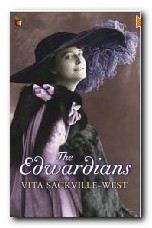
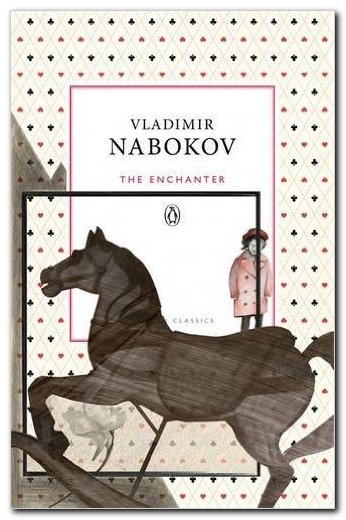
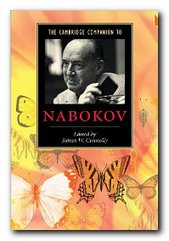 The Cambridge Companion to Nabokov Vladimir Nabokov held the unique distinction of being one of the most important writers of the twentieth century in two separate languages, Russian and English. This volume offers a concise and informative introduction into the author’s fascinating creative world. Specially commissioned essays by distinguished scholars illuminate numerous facets of the writer’s legacy, from his early contributions as a poet and short-story writer to his dazzling achievements as one of the most original novelists of the twentieth century. Topics receiving fresh coverage include Nabokov’s narrative strategies, the evolution of his world-view, and his relationship to the literary and cultural currents of his day. The volume also contains valuable supplementary material such as a chronology of the writer’s life and a guide to further critical reading.
The Cambridge Companion to Nabokov Vladimir Nabokov held the unique distinction of being one of the most important writers of the twentieth century in two separate languages, Russian and English. This volume offers a concise and informative introduction into the author’s fascinating creative world. Specially commissioned essays by distinguished scholars illuminate numerous facets of the writer’s legacy, from his early contributions as a poet and short-story writer to his dazzling achievements as one of the most original novelists of the twentieth century. Topics receiving fresh coverage include Nabokov’s narrative strategies, the evolution of his world-view, and his relationship to the literary and cultural currents of his day. The volume also contains valuable supplementary material such as a chronology of the writer’s life and a guide to further critical reading. 